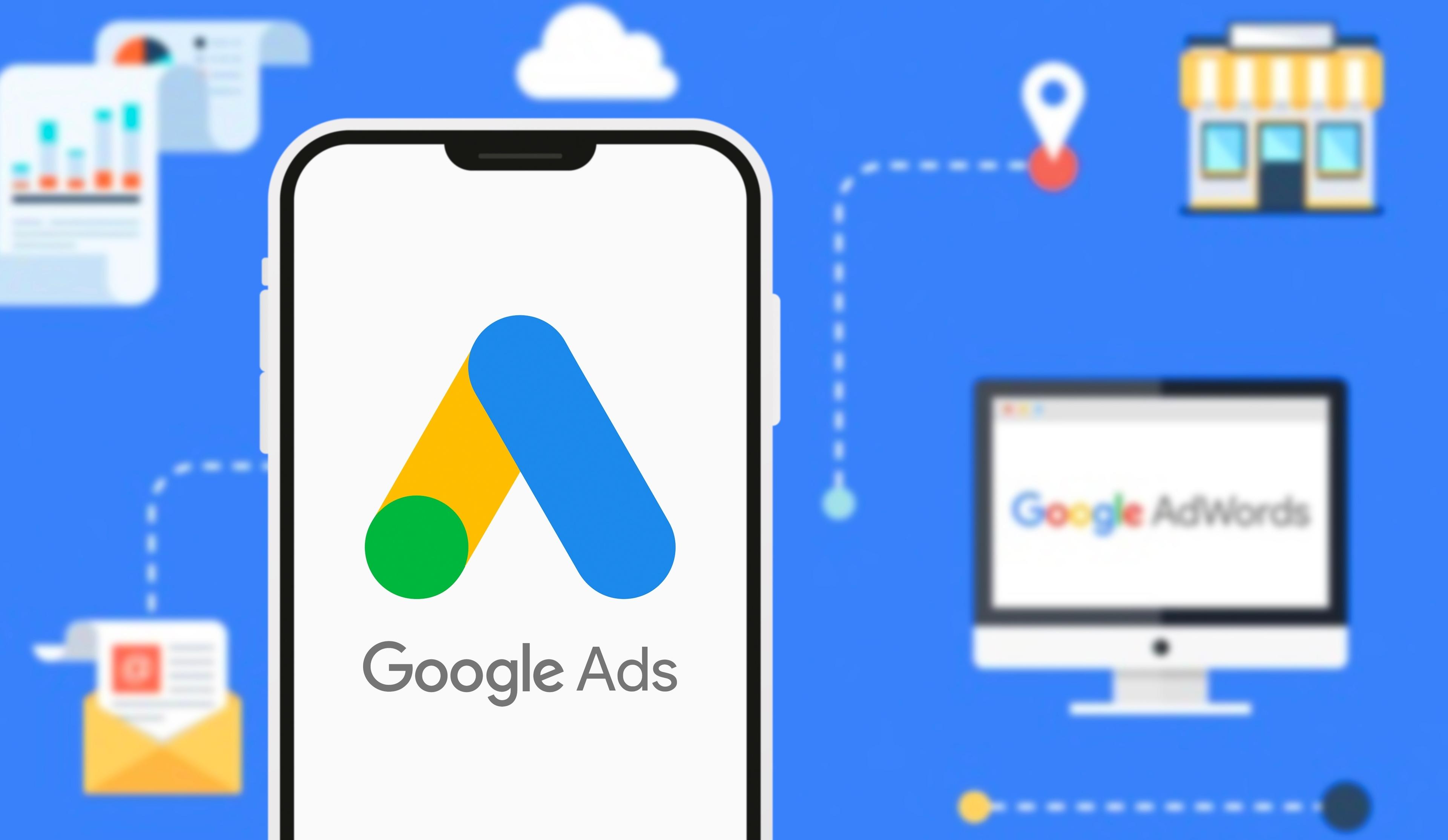Google Tracking for Success: How to Set Up and Use Conversion Tracking in Google Ads
by Melissa Whitman, Growth Marketing

Google Ads Conversion Tracking is critical to the success of your advertising campaigns. Supplying accurate conversion data for your campaigns lets you leverage Google's machine learning optimizations to ensure campaigns are generating high-value customer activities on your website, such as purchases, sign-ups, and form submissions. By understanding which ads, keywords, and campaigns are driving the most conversions, Google Ads automated bidding strategies become an indispensable tool for your campaign optimization, allowing you to refine your budgeting, bidding, and overall strategy for maximum efficiency and effectiveness.
Moving into the technical realm, setting up Google Tracking, or more precisely, Google Ads Conversion Tracking, involves creating a conversion action and integrating the Google tag on your website. This process empowers you to gaze into the intricacies of your PPC campaign's performance, guiding you toward informed decisions rooted in a thorough analysis of your campaign's ROI. With insights into cross-device interactions you're equipped to tailoring a Google Ads strategy that capitalizes on machine learning for profound impacts on your business goals.
Understanding Google Ads Conversion Tracking
In the realm of Google Ads, understanding conversion tracking is necessary for understanding the efficacy of your PPC campaigns. Here's a breakdown of the essentials:
Conversion Tracking Methods:
- Google Ads Conversion Tag: A dedicated snippet of code that, when installed on your website, tracks various customer actions deemed as conversions, such as purchases or sign-ups.
- Import Conversions from Google Analytics: An alternative method that allows conversions to be tracked by importing data from Google Analytics. With updates to Google Analytics GA4, event tracking is more accurate but more difficult to implement. If you have GA4 implemented, this is a better method to get data accuracy between Google Ads and Google Analytics.
- 3rd Party Integrations: Integrations with tracking and attribution software installed on your website will give you the most accurate conversion tracking data. If you have event tracking configured, this is the easiest and most accurate method to integrate with Google Ads but it takes accurate installation of an event tracking layer ahead of time.
Key Components of Conversion Tracking:
- Defining Conversions: Essentially, conversions are the valuable actions taken by users on your website post-ad interaction. These actions can range from live chat engagements, clicking on a specific link, completing a form, to purchasing a product.
- Installing the Tracking Tag: The global site tag (gtag.js), now known simply as the Google tag, is pivotal for tracking. It offers enhanced capabilities for data quality and the adoption of new features without the need for additional coding.
- Attribution Modeling: This component is crucial as it determines how conversions are credited when a user interacts with multiple ads before completing an action. It's about assigning the right value to the right ad.
- Conversion Value: Assigning a specific value to different actions allows for more nuanced bidding strategies, tailoring your campaign efforts to the most profitable outcomes.
Types of Conversion Actions in Google Ads:
- Website Actions: Includes any interaction within the website, such as form submissions or product purchases.
- Phone Calls: Calls made directly through ad prompts or call-only ads.
- App Interactions: Installs and in-app actions that occur as a result of ad interactions.
- Offline or Imported Conversions: Customer activities that begin online but conclude offline, like a purchase made in-store after an online ad prompt.
- Local Conversions: Actions taken in relation to a physical location, driven by ad interaction.
Understanding and deploying Google Ads Conversion Tracking is not merely about counting clicks; it's about connecting those clicks to meaningful actions that drive your business forward. With the right setup and analysis, you can fine-tune your campaigns for maximum impact, ensuring that every dollar spent is an investment towards your business goals.
Setting Up Google Ads Conversion Tracking
To seamlessly integrate Google Ads Conversion Tracking into your digital strategy, follow these expertly outlined steps, ensuring a meticulous setup for optimal performance tracking:
Creating a Conversion Action
- Initiate by navigating to: Google Ads > Tools and Settings > Conversions.
- Action Creation: Click 'New Conversion Action', and select 'Website' as your conversion source.
- Configuration: Customize your conversion by defining its category (e.g., sales, leads) and assigning a value to it, allowing for precise ROI calculations.
- Conversion Window & Attribution Model: Choose how long after an ad interaction a conversion can be counted, and decide how credit for conversions is attributed to your ads.
Setting Up the Google Tag
- Preparation: The most trouble comes from websites which aren't equipped with event tracking. If events aren't recorded, adding the G Tag won't automatically sync the events valuable to you. Ensure you have access to edit your website's code or have a web developer ready to assist.
- Google Tag Manager (Recommended): A streamlined option for adding and managing the conversion tag without directly editing website code. Navigate to your Google Tag Manager account, create a new tag, select the Google Ads Conversion Tracking type, and input your conversion ID and label.
- Manual Installation: For those preferring direct code manipulation, add the Google Ads conversion tag code snippets to the relevant pages on your website, typically on a thank-you or confirmation page post-conversion.
Verification and Troubleshooting
- Checking the Google Tag: After installation, verify the tag's functionality using the Google Tag Assistant, ensuring accurate data capture.
- Common Issues: Should discrepancies arise, refer to Google's comprehensive guides on conversion tracking hang-ups and mistakes to avoid. These resources are invaluable for diagnosing and rectifying common setup errors.
By adhering to these steps, you're equipping your Google Ads campaigns with a powerful tool for tracking conversions, enabling data-driven decisions that amplify your marketing success. Remember, the accuracy of your conversion tracking setup directly influences the effectiveness of your campaign optimization, making it a best practice to have event tracking configured before integrating Google Ads Conversion Tracking.